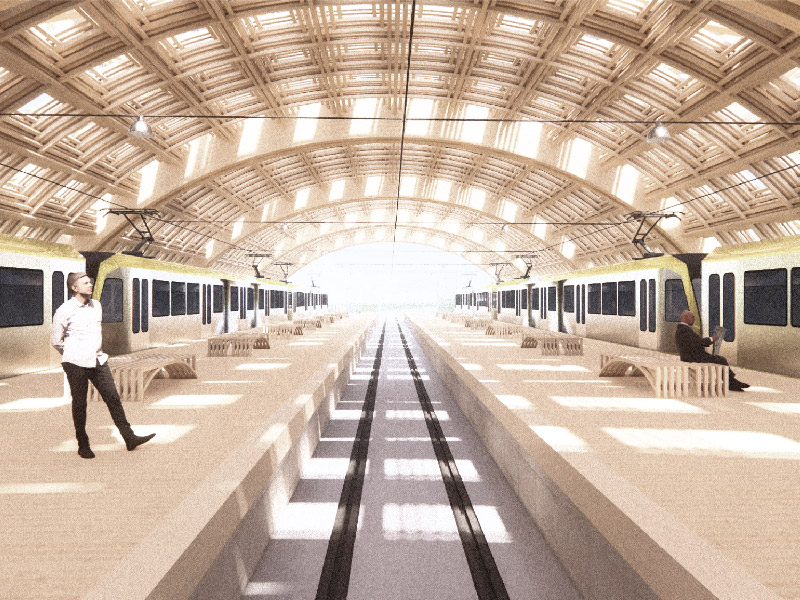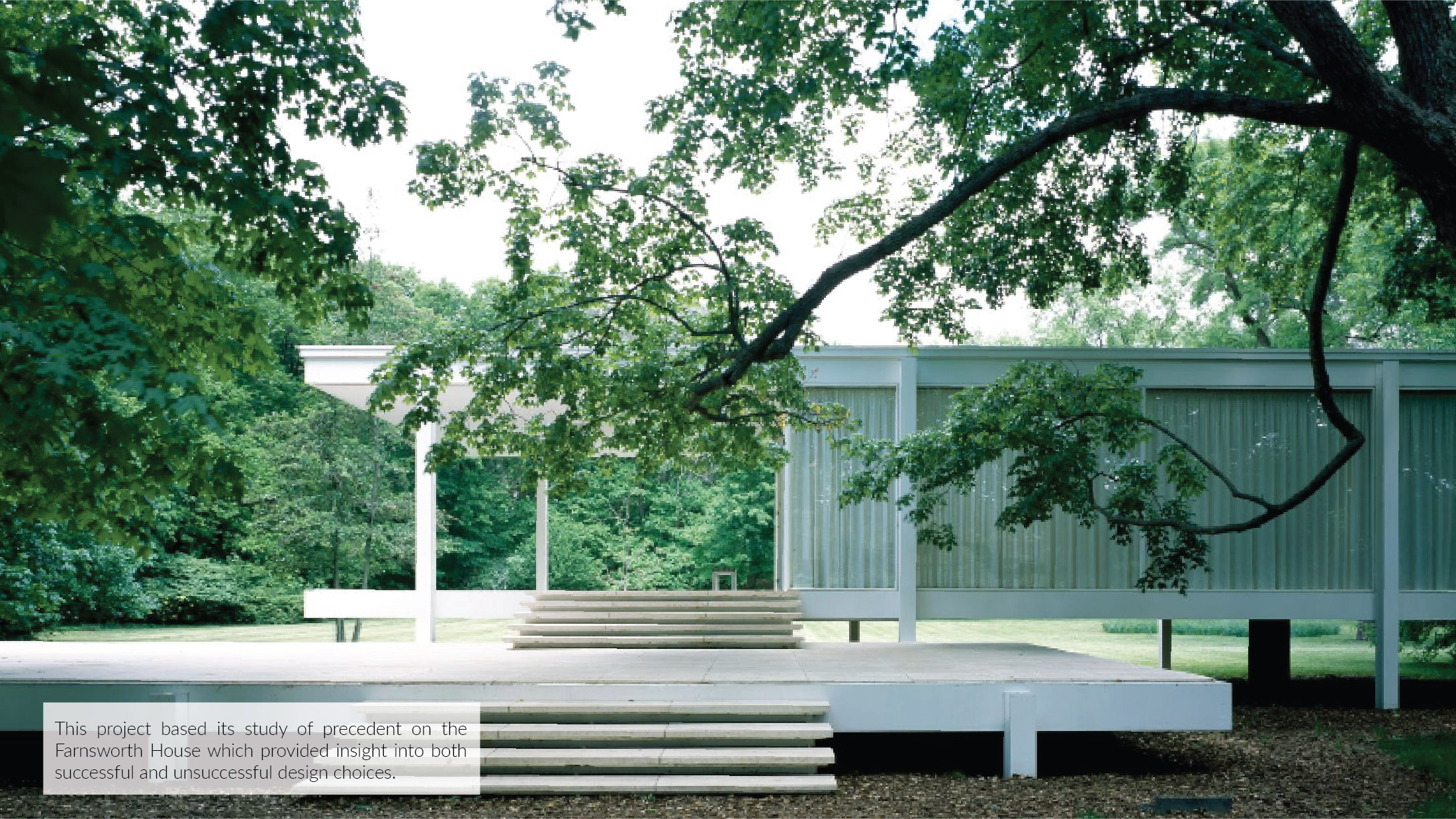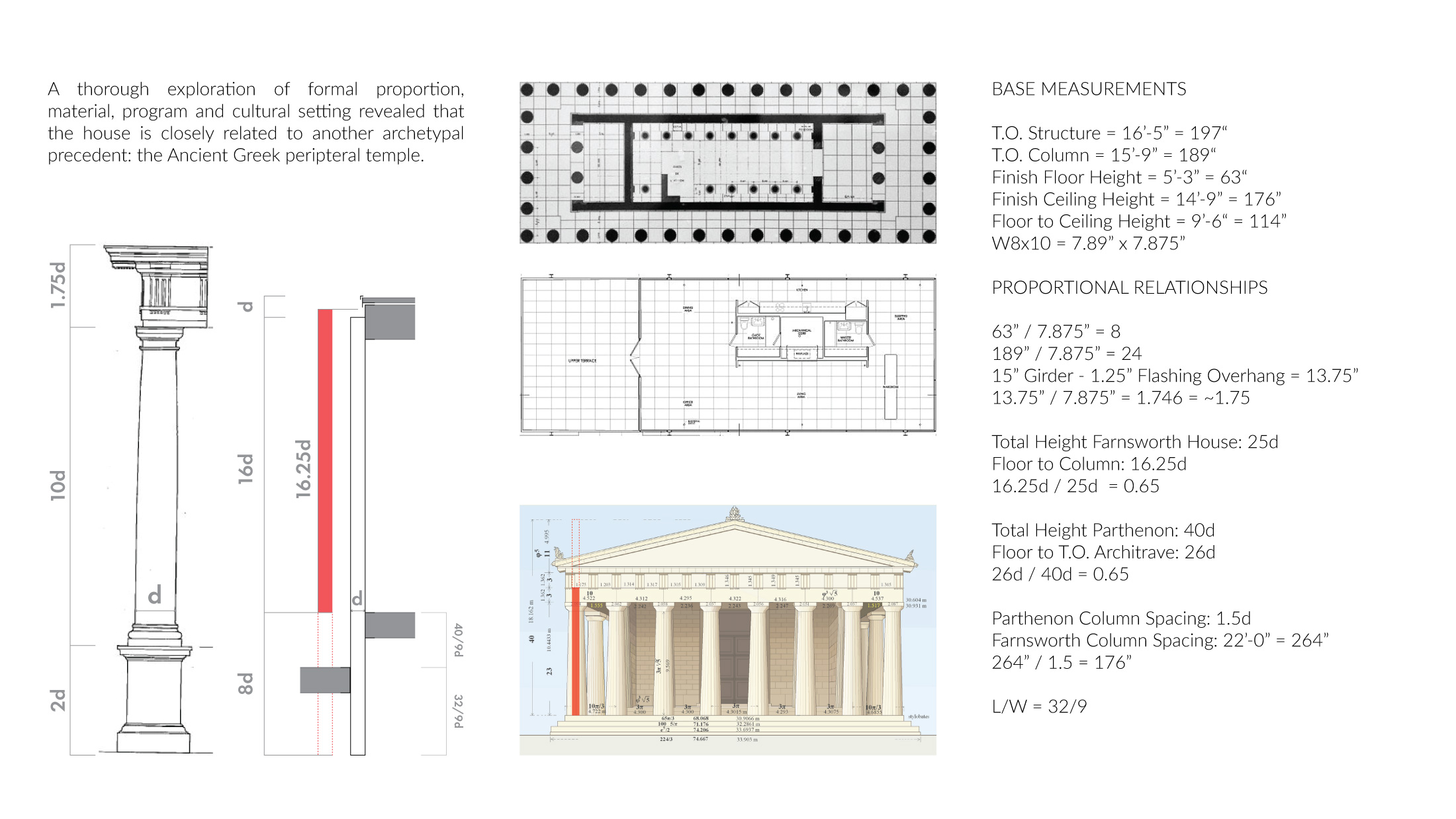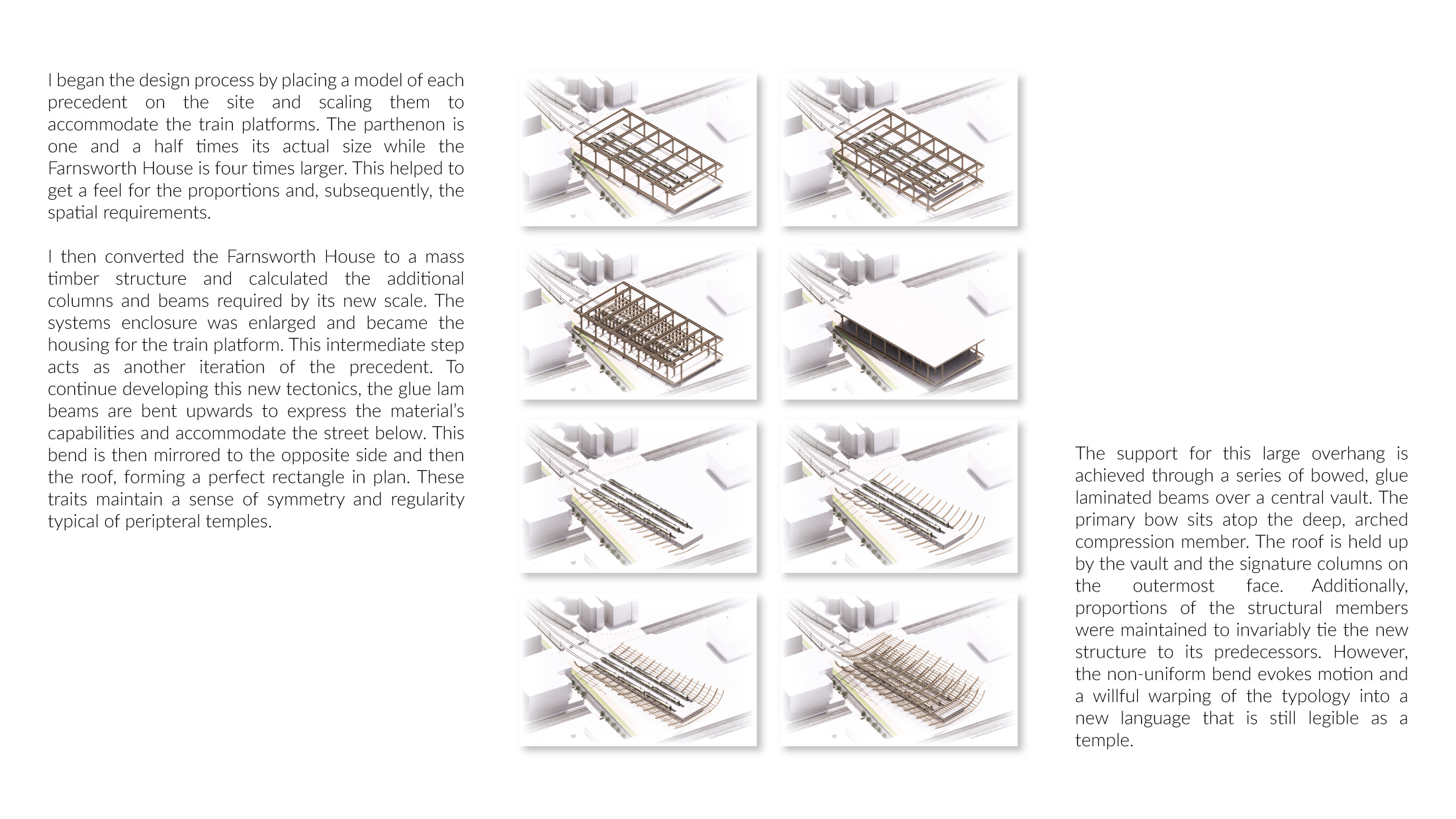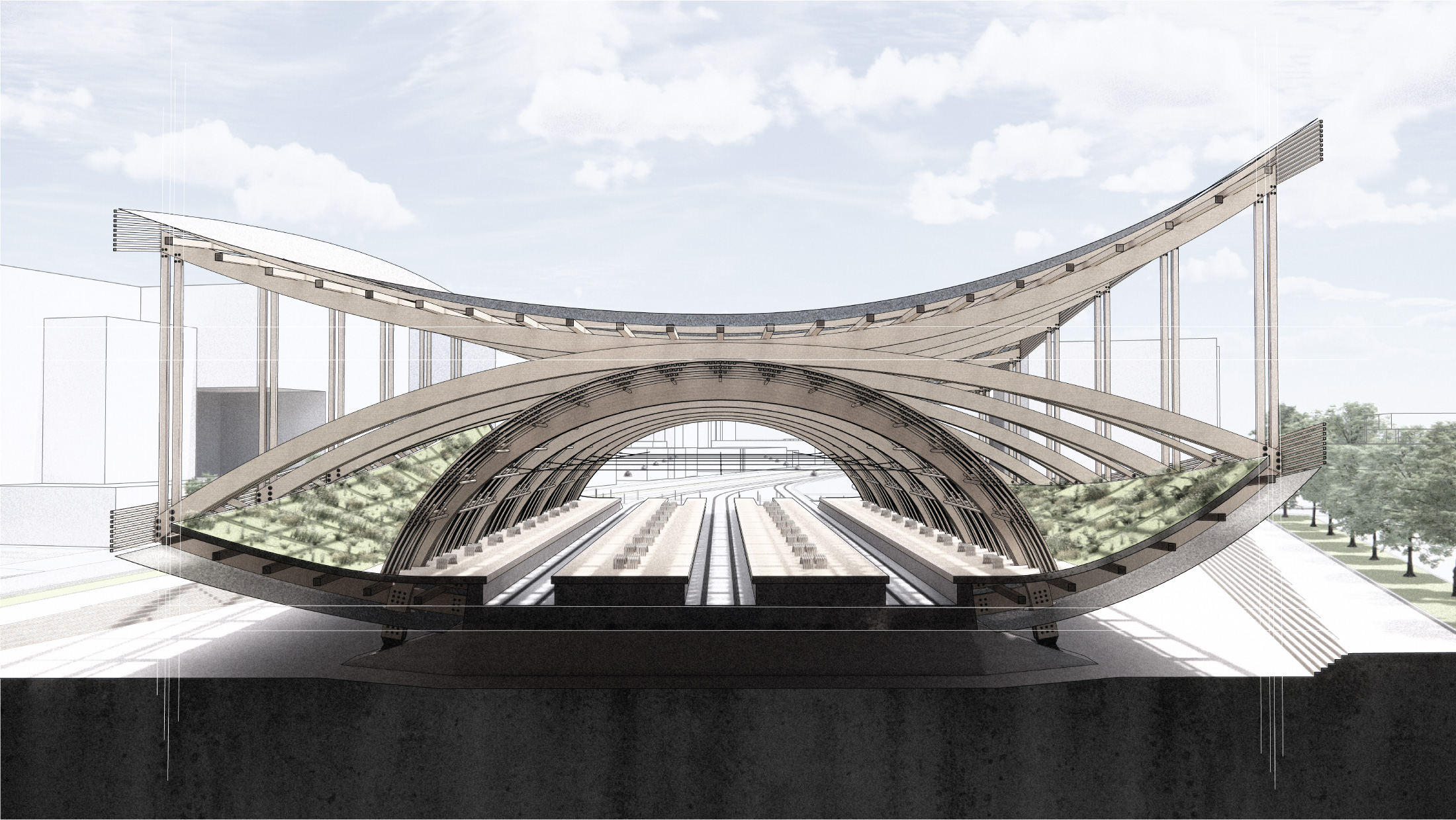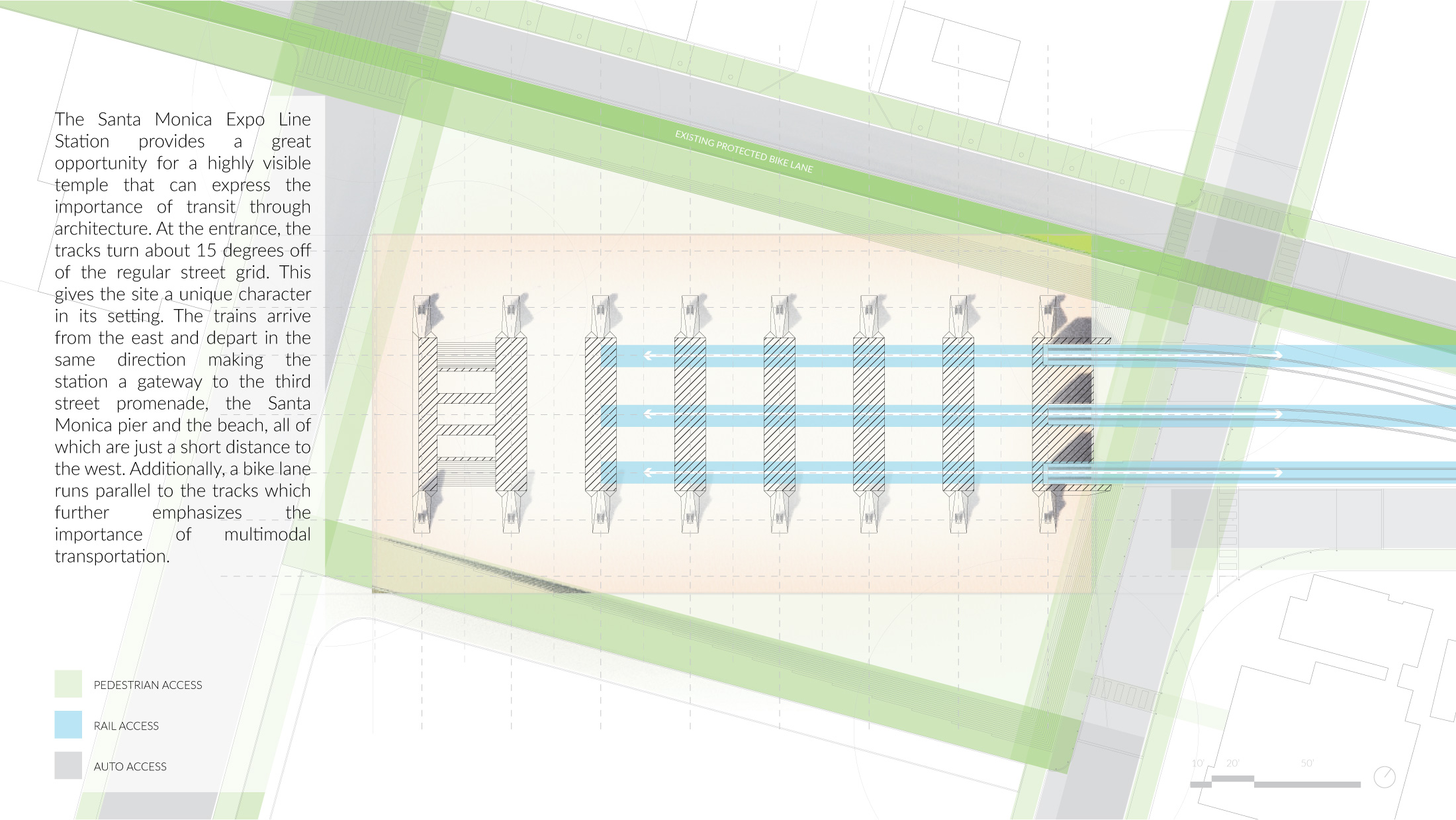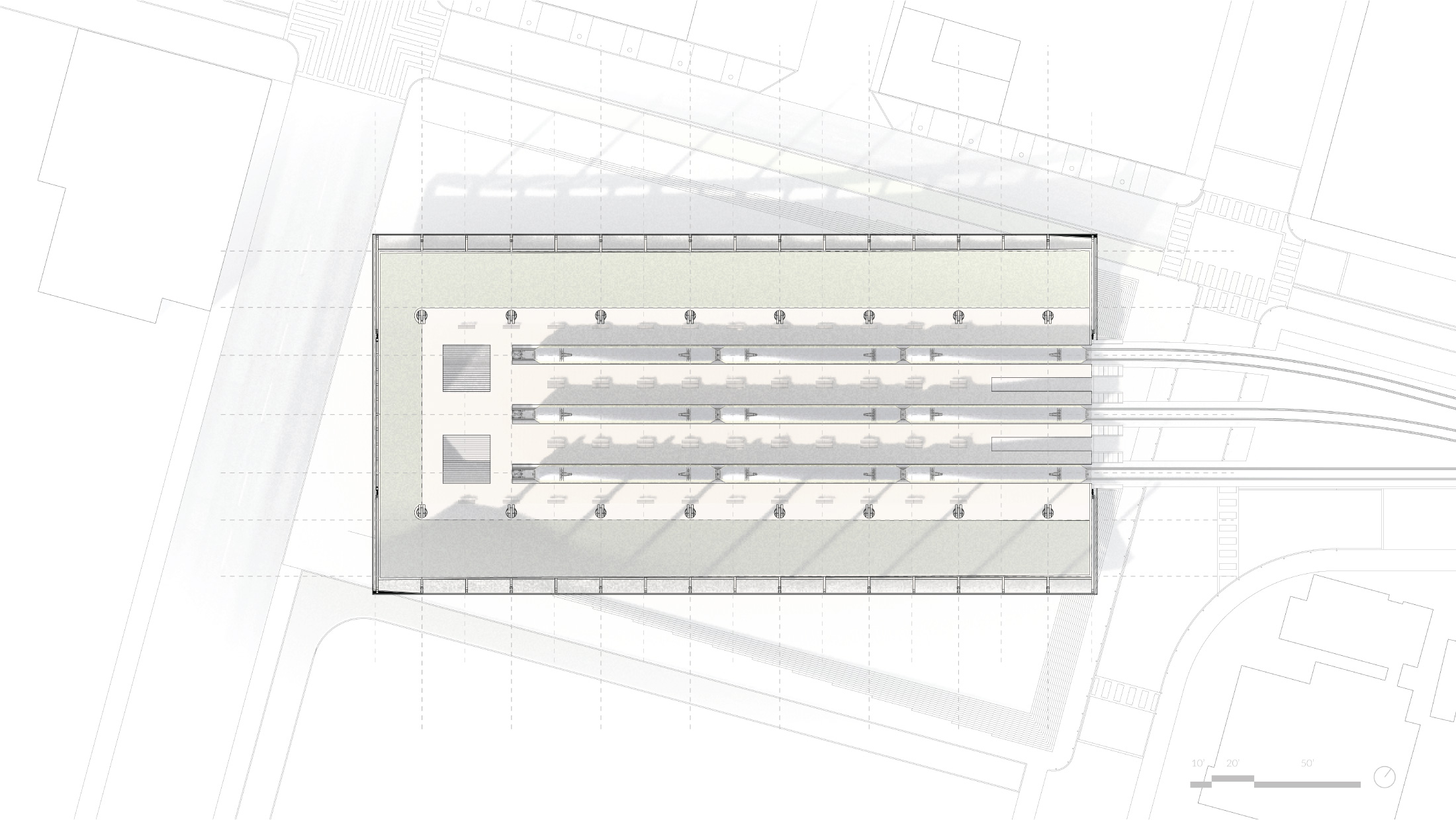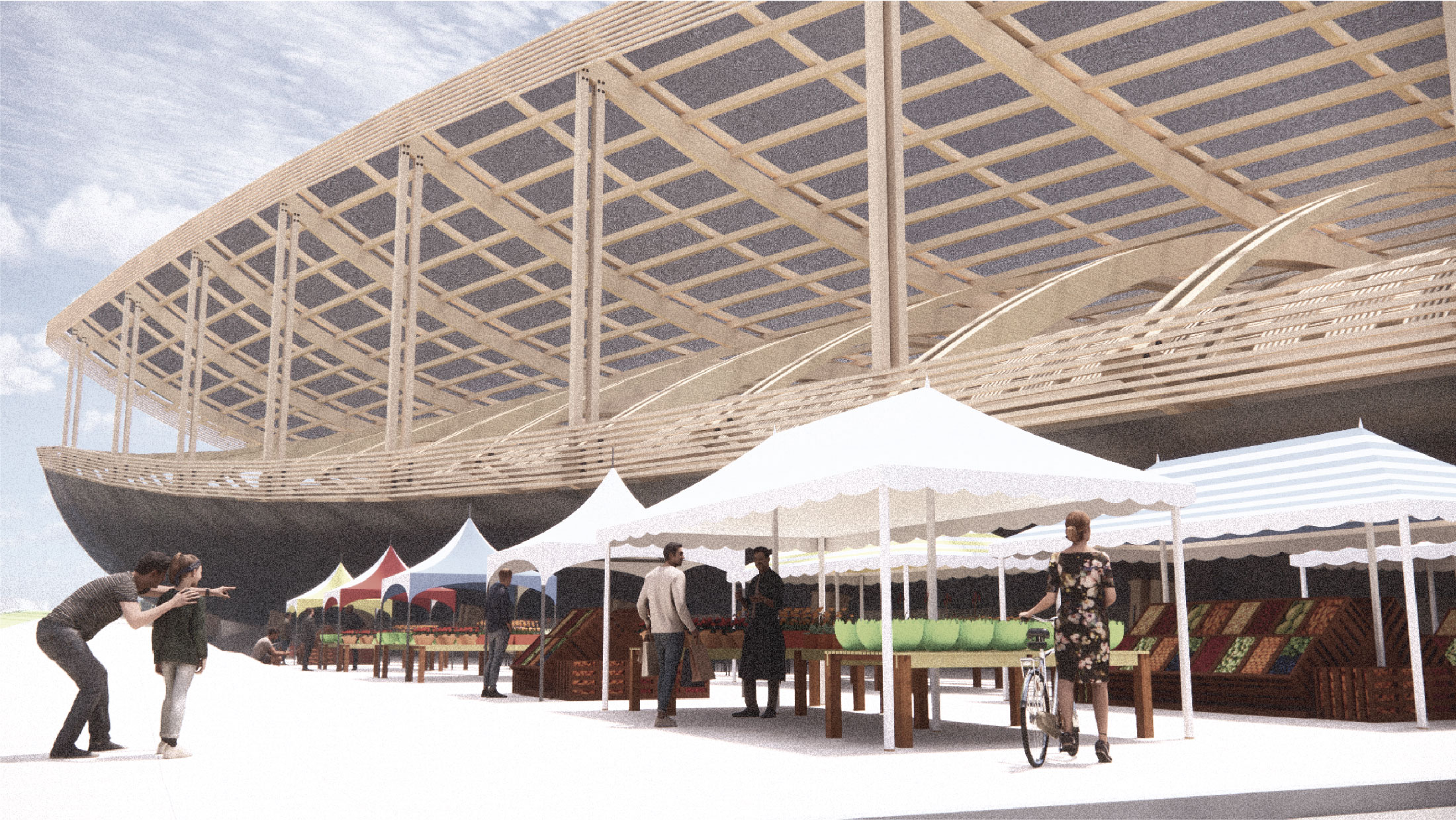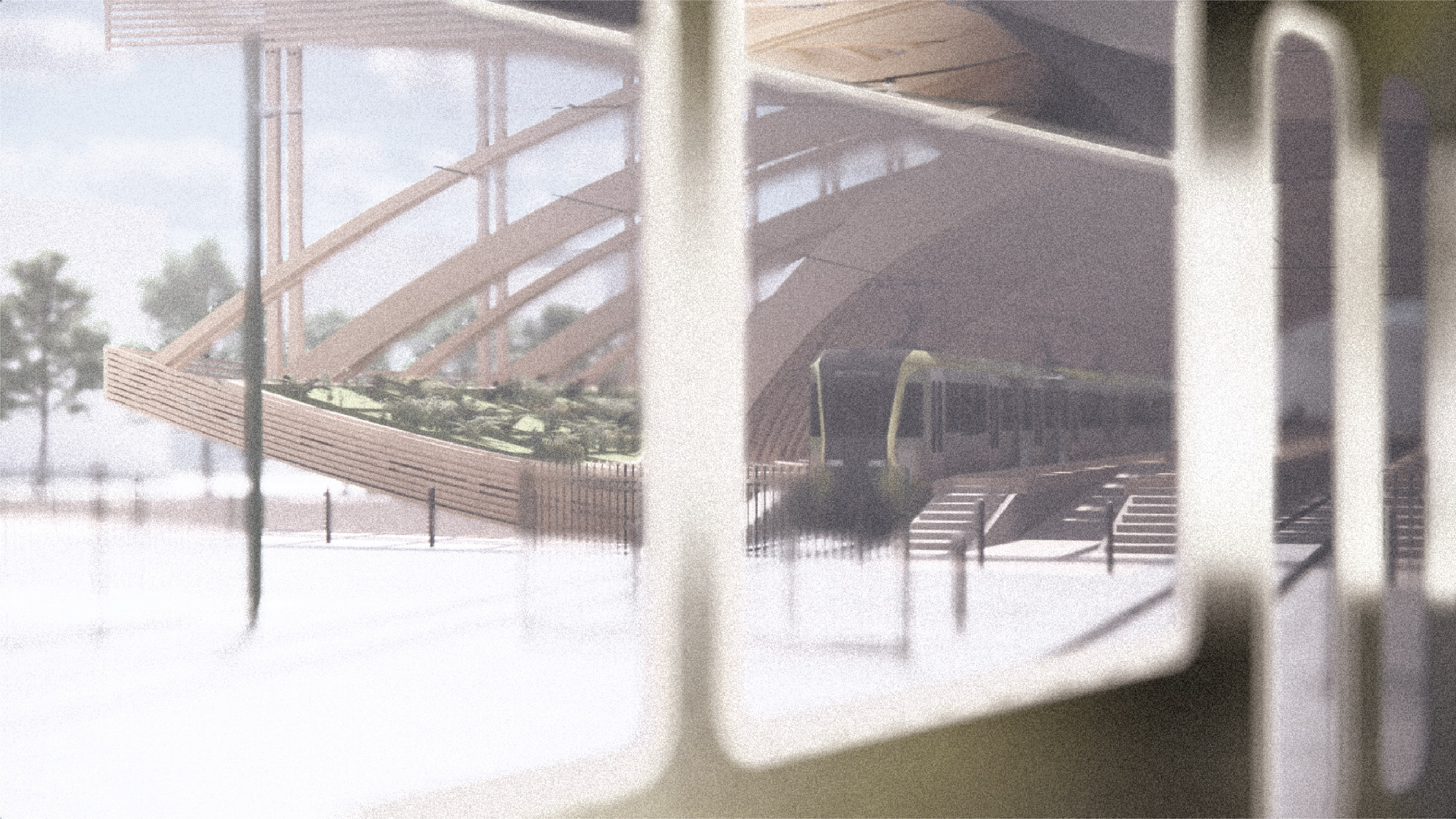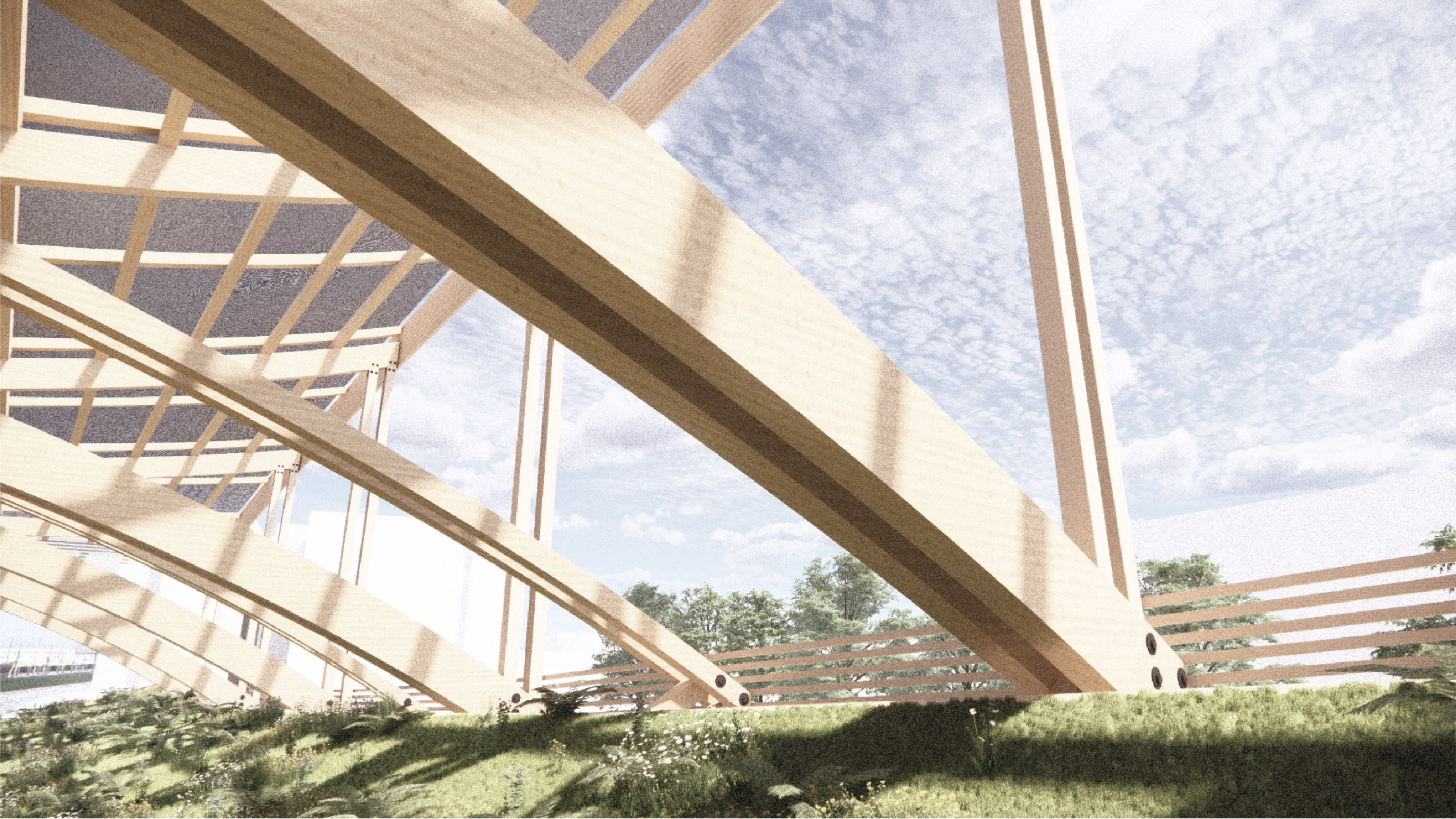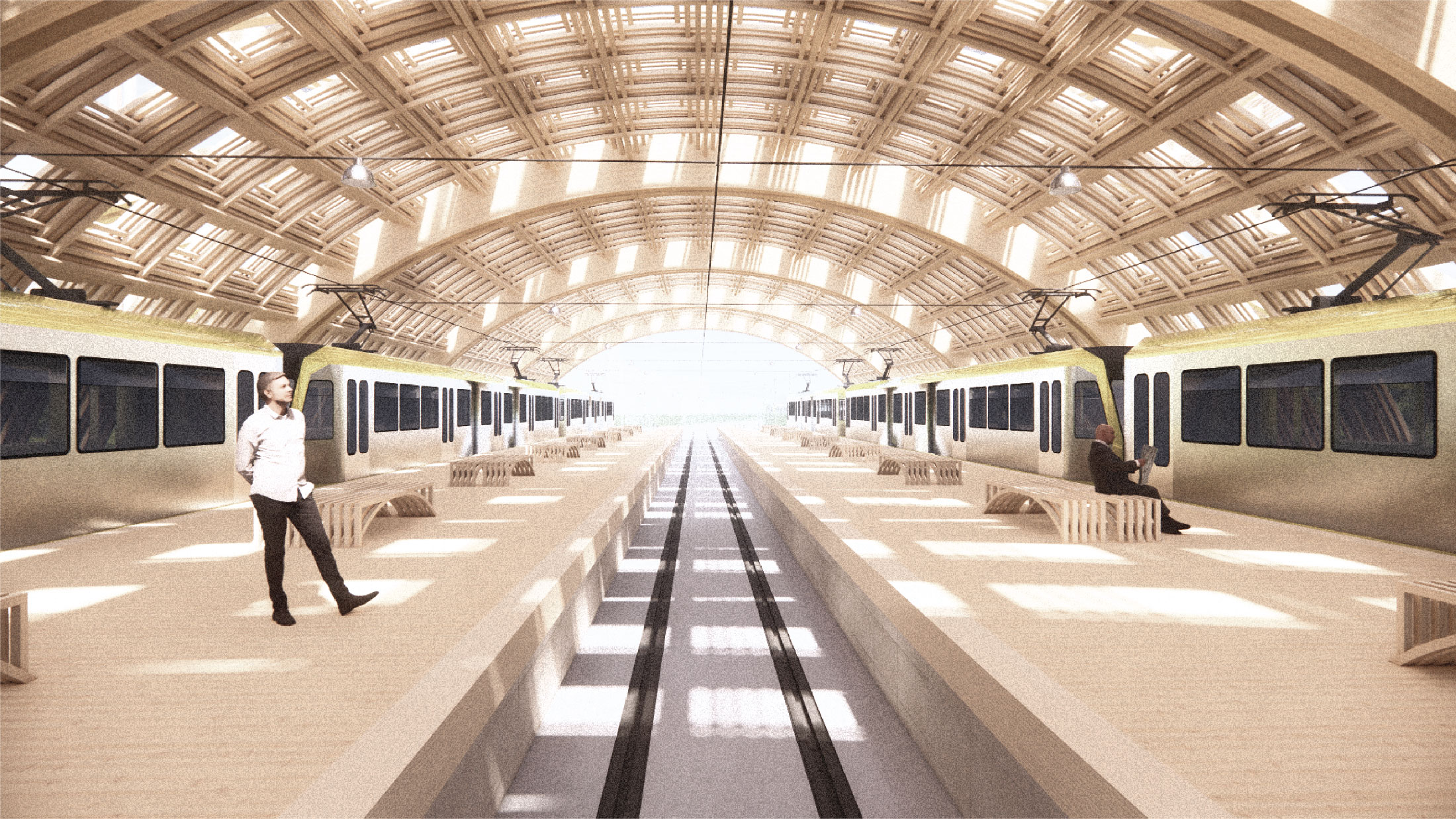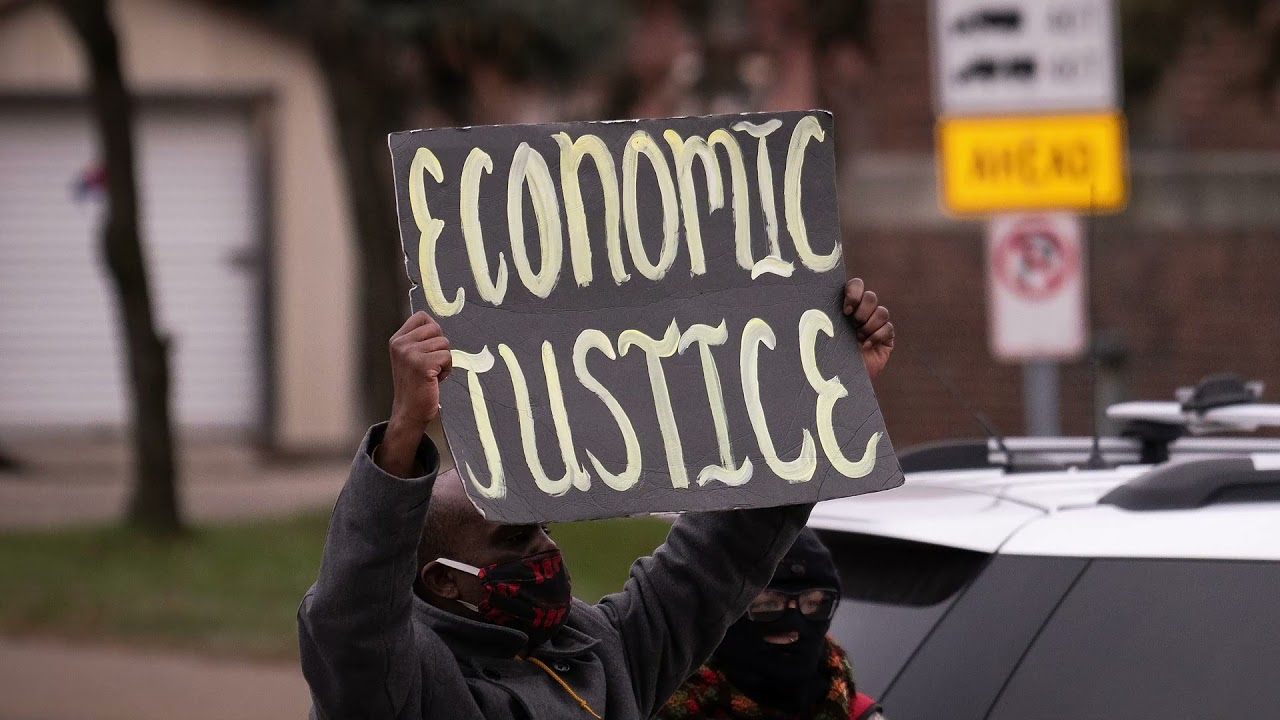A Temple to Transit
The architectural development of this station was based heavily on the form, proportions and organization of peripteral temples. Both the primary material and the program were adapted to our current setting in order to create another step in the evolution of this typology. These adaptations led to the discovery of new forms, tectonics and spatial possibilities. It also encourages further development, adaptation and evolution by others.
The timber bends itself above the street to display its structural capabilities and potential applications. This move completes a sequential iteration from gable to flat roof to curved surface, emphasizing the continuation of the typology through a literal warping of the form. The quality of motion implied in the double-curved surfaces is appropriate to the station’s function and the contemporary culture as a whole. The proportional relationships discovered and refined by Mies van der Rohe are preserved in this new iteration and punctuated by columns proudly facing the street and asserting the building’s importance through their resemblance of traditional architecture.
